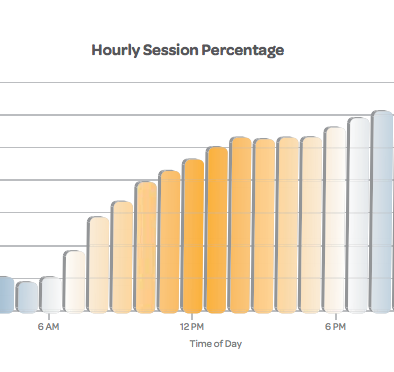The #RLTM Scoreboard: Social Networking Stats for the Week
| Facebook: | 1.15 billion monthly active users | via Facebook | |
| YouTube | over 1 billion monthly unique users | via YouTube | |
| Twitter: | over 200 million monthly active users | via Twitter | |
| Qzone: | 599 million monthly active users | via TechCrunch | |
| Sina Weibo: | over 500 million users | via The Next Web | |
| Renren: | over 170 million users | via iResearch iUser Tracker | |
| VK: | over 200 million registered users | via VK | |
| LinkedIn: | 238 million active users | via LinkedIn |
|
| Google Plus: | 343 million monthly active users | via GlobalWebIndex | |
| Tumblr: | 137 million blogs | via Tumblr | |
| Instagram: | 150 million users | via Instagram | |
| Vine: | 40 million registered users | via Vine | |
| Tagged: | 20 million unique monthly users | via Tagged | |
| Foursquare: | 40 million users | via CNET |
|
| Pinterest: | over 25 million users | via AdWeek | |
| Reddit: | 73 million monthly unique visitors | via Reddit | |
| WhatsApp: | 200 million monthly active users | via TechCrunch |
Please email marissa@modernmedia.co if you have additional updates, or a social network that you feel should be on the list.
Pinterest Drives Lots of Referrals, But Not As Many Clicks
Several studies have reported that Pinterest is a big driver of traffic from social media sites; but what are visitors doing once they arrive on a site? According to a new study from ad technology company Yieldbot, while Pinterest “by far” refers more traffic than other social media sites, those visitors click on ads 45% less than the average visitor.
How does this compare to other sites? Facebook doesn’t refer as much traffic, but visitors arriving on a site from Facebook are 60% more likely to click on an ad than the average visitor (AdAge). According to the study, ad engagement (click-through rate) is higher for traffic coming from Facebook than from any other social platform.
However, it should be noted that Yieldbot’s data comes from their publisher analytics platform, with 1.5 billion monthly page views — but these views are across leading premium publishers “with a cross-section of the web’s largest and best women’s programming; food/recipe, home/garden and health/wellness.” So the study data may be significantly more accurate for female social media users, while less so for males.
That being said, the discovery that traffic coming from Pinterest results in fewer clicks is worth some attention. AdAge notes that “publishers might need to rethink where they focus their energy in social media.”
However, it’s not just traffic from Pinterest that lags in terms of clicks. Yieldbot’s study found that in general, social media referrals perform 36% lower than average in terms of clicks generated (compared to other forms of site discovery, including search engine results, going directly to the home page or links from other publishers’ sites).
Do you have tools in place that analyze traffic to your site from social networks? Does your data match Yieldbot’s findings?


